When wandering through the woods I’ll occasionally stumble across an ant hill. Sometimes the ant hills are only a few inches high, sometimes a few feet high. The mounds of needles, leaves, grass and small sticks are either teeming with activity or void of any movement depending on the time of year.
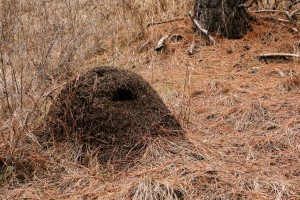
The above-ground nests of western thatching ants can be up to three feet high and 4.5 feet in diameter. An extensive network of tunnels and chambers exists up to four feet beneath the thatch.
One summer I found an ant hill that looked like the whole surface was moving–and it literally was a moving carpet of ants. Then this fall I found a small ant hill completely void of movement. Like many other animals, ants are busy in the summer and inactive during winter.
Both of these ant hills were built by western thatching ants, an ant common to the Pacific Northwest. Western thatching ants are either all black or have a red head, red thorax and black abdomen. Upon close inspection, the ants in a colony are various sizes.
Colonies consist of up to 40,000 individuals with each colony started by a single fertile queen. The queen initiates the colony by finding a suitable location, digging some tunnels and laying eggs. She rears the first batch of eggs to maturity.
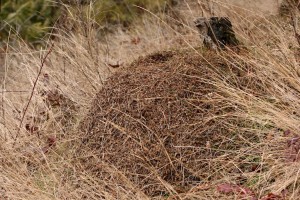
Western thatching ants build in dry, open areas of coniferous forests, alpine meadows and grasslands. Often they build in areas of secondary succession like areas disturbed by fires and around a structure such as a tree or fence post.
These ants turn into workers and take care of the queen as she lays more eggs, take over nest building and bring food back to the nest for everyone.
The workers are divided into major, media and minor workers. The major workers repair the nest and thatch and search for food such as grasshoppers, beetles, flies, and butterfly and moth larvae. The media workers transport young between nests, forage for vegetation (leaves, galls, flowers, seeds and nectar) and farm aphids. The minor workers care for the brood and queen and rarely leave the nest.
The colony lives mainly underground in chambers and tunnels. As workers excavate tunnels they add the excavated material to the mound. Workers also forage for building material to keep the thatch maintained and to keep it from shrinking.
Since the thatch is a mound of sticks, leaves and conifer needles, it is essentially a compost pile that shrinks as it decomposes.
Western thatching ants maintain the thatch for a few reasons–temperature and brooding. The thatch keeps the nest at a constant temperature throughout the day, prevents overheating from the intense summer sun, and holds the warmth in at night. Like compost piles the thatch also generates heat as the material decomposes and the warm thatch allows the ants to become active earlier in spring.
Western thatching ants also use the thatch as a brood chamber in late spring and summer. Since the thatch generates heat, the inside of the thatch pile is warm for incubating eggs.
Beginning in April, the queens (nests often have multiple queens) lay eggs in a brood chamber in the thatch and other soil chambers. Media workers transport the eggs and larvae between the brood chamber and other soil chambers depending on temperatures.
In the fall, the brood chamber in the thatch is filled with thatch material until the brood chamber is needed again in the spring.
As the weather cools, the ants move underground into their chambers and tunnels and stay below the frost-line until spring. The ants group together to share the little body heat they produce (they are cold-blooded) and limit their activity to conserve energy. The ants also fill their crops (an extension of the gut) with food so they do not starve.
The thatch mound remains void of ant activity through winter but over 100 other insect species may be residing in the thatch and taking advantage of the heat and shelter.

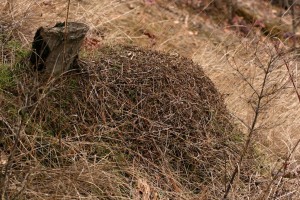
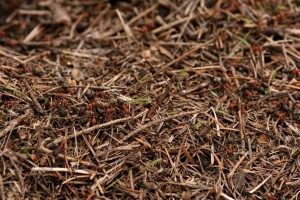
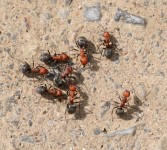
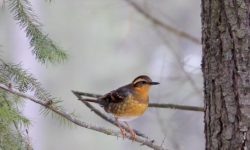
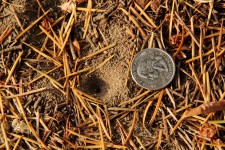
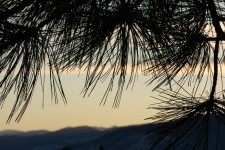
I got this web page from my pal who told me regarding this site and now this time I am browsing this website and reading very informative articles or reviews at this time.|